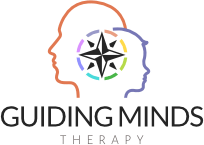Covid-19 Anxiety: A CBT Support Package
A Free Mental Health Support Guide: CBT Tools You Can Apply to Help You Manage Stress and Anxiety During the Covid-19 Pandemic.
Hi, I’m Claire Littlejohn, BABCP Accredited Cognitive Behavioural Therapist, Mental Health Nurse and founder of Guiding Minds Therapy, Chelmsford, UK and I have created this mental health support package to give you some useful information about anxiety and some evidence-based therapy tips and tools which I hope will help you through this difficult and uncertain time.
This guide will give you some helpful pointers but cannot of course replace an individualised course of CBT or counselling. If you are struggling because of a pre-existing mental health disorder or feel you may be becoming depressed or developing an anxiety disorder please do speak to your GP over the phone or seek out professional advice. Many NHS and private therapists are still working but delivering distance methods instead of face to face support.
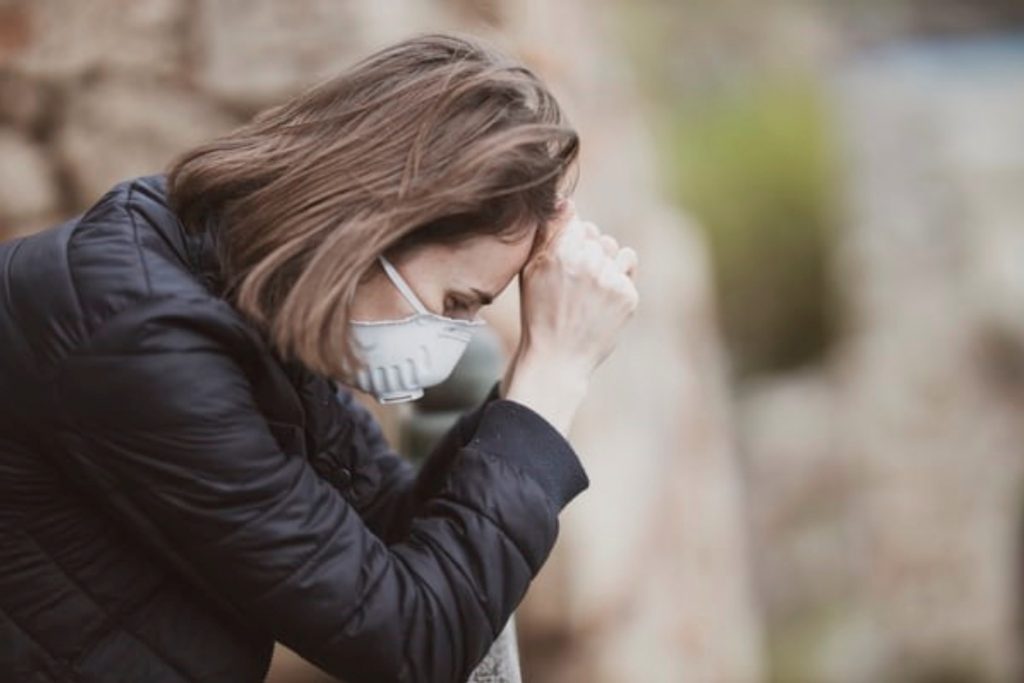
Coronavirus (COVID-19)- Common Reactions:
We’re in the midst of a worldwide pandemic and it’s understandable that you may be feeling concerned or frightened. Some countries are already on lock down, whereas others are anxiously watching the news and preparing themselves for what’s to come. It’s really hard to feel the world change suddenly and anxiety about the outbreak is likely to cause strong emotions in adults and children across the world.
It is common to have the following thoughts, feelings and reactions during an outbreak:
- Frustration, anger or irritability
- Feelings of helplessness
- Anxiety, stress, feeling overwhelmed
- Restlessness and trouble relaxing
- Sleep disturbances or difficulties concentrating
- Uncomfortable physical sensations, such as stomach upset, fatigue, breathing changes, an increased heart rate
- Feeling disconnected from the world and others
- Sadness, tearfulness, a lack of motivation and loss of interest in usual activities
- Apprehension about shopping and going into public spaces.
For many people the uncertainty about the situation is what may feel like the hardest part to handle and if you are feeling stressed whilst living in these unprecedented times, that is very understandable. As well as creating fear about the future, COVID-19 has already caused a lot of disruption to some people lives. There has been loss of life, financial struggles, changes to our daily routines, job losses, loss of plans, travel restrictions and a loss of freedom. These changes have all happened suddenly and there has not been much time for people to adjust and process what’s been happening. It’s wise to take the time to grieve losses and it’s helpful to acknowledge your fears and concerns but it’s important you do not let these feelings overwhelm you, that you stay connected to others around you and learn to recognise and manage signs of stress. If you are feeling overwhelmed it is helpful to remember that this situation is temporary and whilst it may feel challenging at the moment, for many of us, these difficult feelings will pass.
*Please read through this next section to understand more about anxiety*
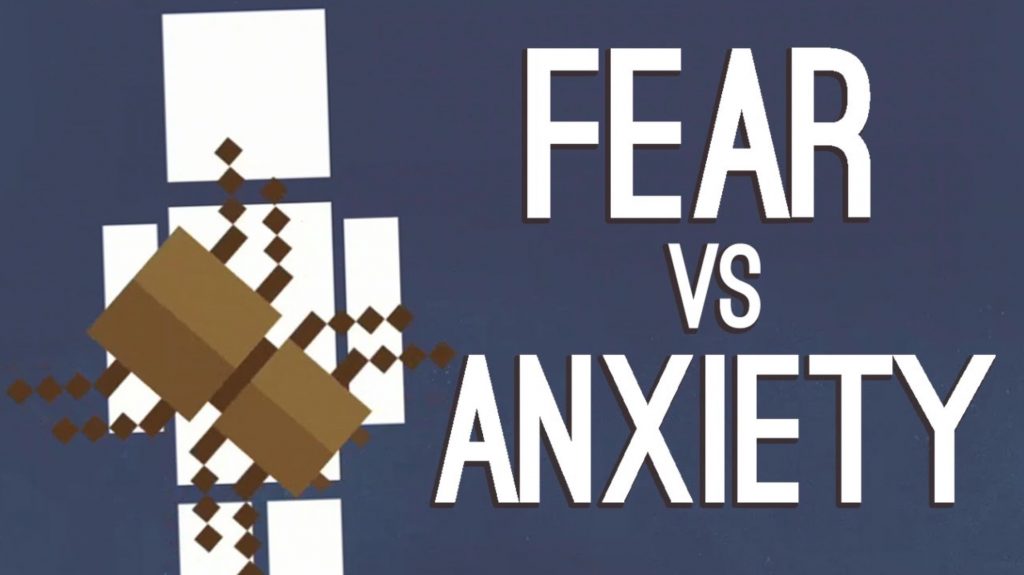
The Differences Between Functional Fear and Dysfunctional Anxiety:
This section will help you to recognize the differences between fear (functional) and anxiety (dysfunctional). Functional fear usually leads to productive action whereas dysfunctional anxiety leads to unnecessary worry. If you are experiencing dysfunctional anxiety it is vital that you learn to manage excessive worry during this crisis to help make you, the people you care for and your community stronger. Please read on to find out which type of anxiety you may be experiencing at the moment. How have you been affected?
Feeling afraid is very much a part of the experience of being human. When the amygdala, our brains fear centre perceives danger it sends a distress signal to the hypothalamus and this causes a series of physiological events in our bodies called the ‘fight or flight’ response. Our ‘fight or flight’ response encourages us to take action and fight or to retreat and seek safety during times of danger and uncertainty. This primitive response was very helpful to humans in the past, when our ancestors lived in caves and were threatened by wild animals. We have all evolved to possess this survival reaction today, although the threats we face today are very different to those experienced in the past. The experience of anxiety is very similar to fear-the main difference is that anxiety occurs in the absence of real danger.
What is Functional Fear?
Functional fear is helpful as it is connected to specific situations and current threats, i.e. you may have a specific worry about running out of food during the crisis and your functional anxiety will prompt you to take action and buy some food and supplies. With functional anxiety once you have dealt with the situation and visited the shops your anxiety will dissipate as the threat has passed and you will return to feeling calm again.
It is useful to experience short-term, functional anxiety during a pandemic. It helps us to act quickly, problem solve, prepare, communicate our feelings, shifts our attention to important things within our control, it protects us from danger and encourages us to seek safety. Our survival brain has rather helpfully evolved to solve problems in unstable and unpredictable environments.
If you are feeling afraid about real dangers currently this is normal and your ‘fight or flight’ response is helping you to cope and survive during this stressful time.
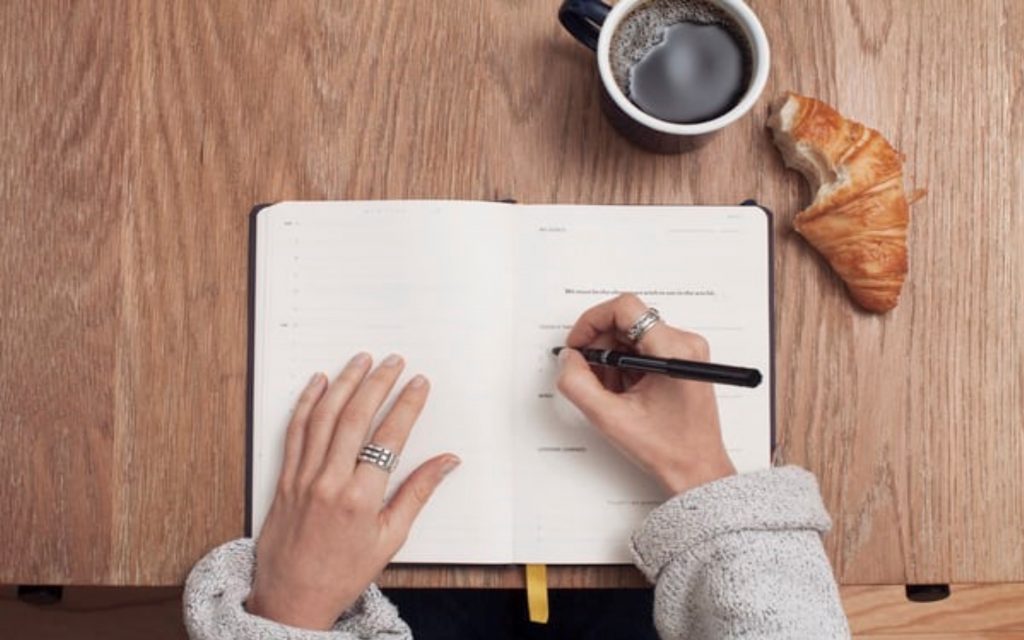
What is Dysfunctional Anxiety?
Dysfunctional anxiety is unhelpful because often it’s hard to identify what triggered your anxiety, and the emotion may not be time limited. You may have a general sense of anxiety that doesn’t seem connected to a specific situation, or the anxiety doesn’t go away even when a situation has come to an end. Dysfunctional anxiety feels more intense than a typical fear response.
Anxiety become a problem when our ‘fight and flight’ response is triggered frequently and during everyday situations. We call these ‘false alarms’ and they often happen to people who have been under a lot of stress or have particularly sensitive threat systems. If we’re in a constant state of stress even our thoughts and feelings can feel threatening and we may notice that our brain starts to focus more on hypothetical, ‘what if’ future worries, such as ‘what if I get really ill’ or ‘what if I run out of money’.
Because you are unable to act immediately to problem solve these imagined threats by the usual ‘fight or flight’ methods which is either fighting or running away, suddenly your anxiety feels unhelpful and confusing. You may start to get anxious about the fact you’re anxious and start to feel like you can’t control your worry and then worry more to try and gain control of your thoughts. This may then leave you feeling as though you are trapped in a vicious cycle of worry and anxiety.
It is helpful to point out that dysfunctional anxiety is not harmful to us, it just feels uncomfortable when you experience too much of it. All types of anxiety can be treated with therapy and/ or medication.
What functional fear may look like during the pandemic:
- You will focus on current threats and try you best to deal with them, such as money running out, problems with child care, having enough food at home.
- You may make plans and think your problems through, i.e. if you’re self -employed you may become creative and think of other ways to make an income or deliver a service. You may adjust your working hours if childcare has become difficult recently.
- You will focus on the current threats within your control, such as work, children’s education, exercise, food. You will not over focus on the news, accepting that excessive research and reading articles will not change the outcome or how the illness develops. You will look at what you and your family can do right now to stay safe.
- You will try to tolerate uncertainty; you will accept and acknowledge scary thoughts and feelings that come in but you will not give ‘what if’ thoughts too much attention. You will try and differentiate between helpful and unhelpful worries.
- You will act quickly and prioritise the most important things, i.e. making sure basic needs are met first such as having enough food at home before drawing up an education schedule for the children or planning an exercise plan for yourself.
- You will face problems head on and discuss solutions with friends and family to try and do what you can to work through the situation at hand. You may write to do lists or create a schedule.
What dysfunctional anxiety may look like during the pandemic:
- You will be concerned with future events, your thoughts will be negative and you will have lots of ‘what if’ and catastrophic thinking about the illness, how it will affect you, how bad the world will get.
- You may sleep to escape it all, your activity levels may drop and you may stop connecting with others and avoid. You may feel tired and withdraw.
- You will become so focused with future worries you won’t focus on what can be changed in the present to improve your health, finances and children’s education. You may over compensate and go over board to try and gain control such as buy too many food products or toilet roll, but the more you panic buy the more anxious you feel long term. You may over focus on news hoping to understand and somehow control the illness or wash your hands excessively.
- You may convince yourself there’s no hope trying, you may half-heartedly work from home, spend time doing mindless activities which you don’t enjoy. You may stop talking to family and friends and try and block out distressing thoughts and you may belief you have no control over your thoughts or the situation.
- You may ignore problems because problems become threats, your emotion becomes the problem and this may preoccupy you so much that your concentration suffers and you struggle to make decisions which could help you to improve your current situation.
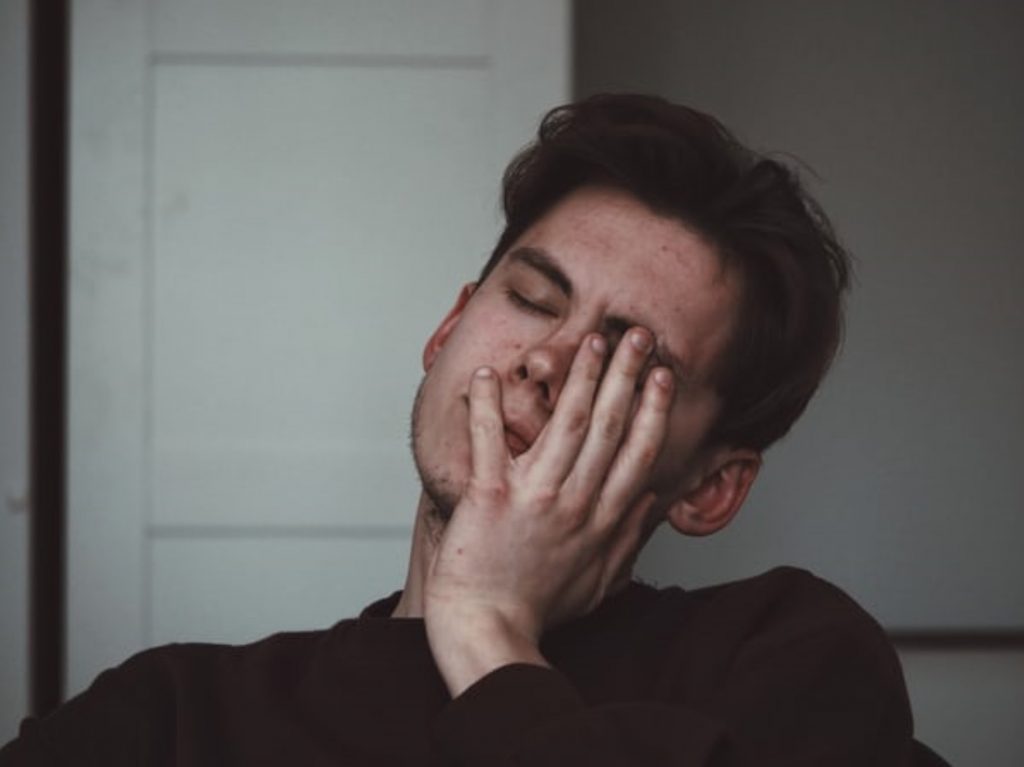
Is This Guide Right for You or Could You Need More Support?
We all worry at times and it’s likely that we have all experienced some negative ‘what if’ thinking during this pandemic. Not many of us like or are comfortable with uncertainty. However, if your worry becomes excessive and you start to get anxious about the fact you’re feeling anxious, you feel like you can’t control your worry, you try to avoid thinking about your thoughts and you avoid problem solving and making decisions, you may be experiencing dysfunction anxiety and may have developed generalized anxiety disorder (GAD).
Please read this link for further information on GAD:
https://www.nhs.uk/conditions/generalised-anxiety-disorder/
If you feel after reading the link and this post so far that you may be experiencing moderate-severe anxiety and excessive worry (GAD), I would recommend that you speak to a professional therapist or your GP for advice. This guide can still be used alongside any treatment that you have.
If you are feeling fearful or experiencing mild to moderate anxiety and need some extra support, this guide is appropriate for you.
I will be sharing some useful tips and CBT techniques with you in the modules at the end of the blog post. CBT is recommended as a first line treatment for anxiety by the National Institute of Clinical Excellence (NICE), due to its extensive evidence base.
What is Cognitive Behavioural Therapy (CBT)?
CBT is based on the idea that your thoughts, feelings, physical sensations and behaviours are all interconnected. Negative thoughts, affect how you feel and often lead to unhelpful behaviours and this can leave you feeling trapped in a vicious cycle of depression or anxiety. CBT focuses on the here and now in main, it breaks situations and problems down into small parts.
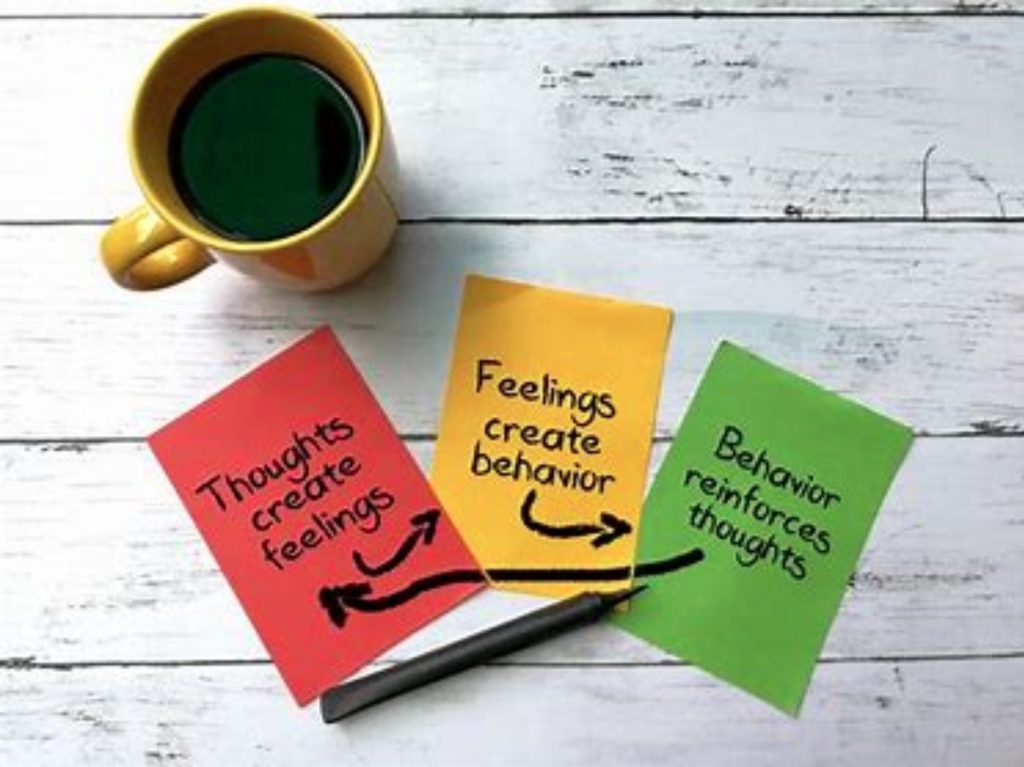
Here is an example of the ‘5 Aspects’ CBT model and how someone who’s struggling with excessive COVID-19 worry may be presenting:
SITUATION:
It’s 10am and John sees a news headline about COVID which states that cases have increased by 50% today.
THOUGHTS:
‘That’s it, its spiralling out of control and will never stop spreading’ ‘what if this is life now and this disease will never end’, ‘what if no one helps me when I get it’, ‘what if everything starts to shut down’ ‘I can’t cope’ ‘I feel out of control’
FEELINGS:
Despair, fear, panic, afraid.
PHYSICAL SENSATIONS:
Tight chest, fast breathing, feel dizzy, palms sweaty
BEHAVIOURS:
Lays on bed, spends rest of the day looking at headlines to feel more in control, withdraws, tries to push distressing thoughts away, avoids answering the phone to his friend.
The more John withdraws avoid and blocks his thoughts the worse he feels and more he focuses on his negative thoughts, this makes them feel more important and threatening and the cycle starts all over again.
*SELF HELP TOOL* Here is a link to a free 5 Aspects CBT Model template. If you are feeling anxious about COVID-19 at the moment choose a time you felt particular anxious over the last few days and complete your own CBT cycle as this will help you to see how you are thinking, feeling and behaving currently:
https://www.getselfhelp.co.uk/docs/5aspects.pdf
HERE’S THE BIT WHERE I HELP YOU TACKLE COVID-19 ANXIETY USING CBT APPROACHES.
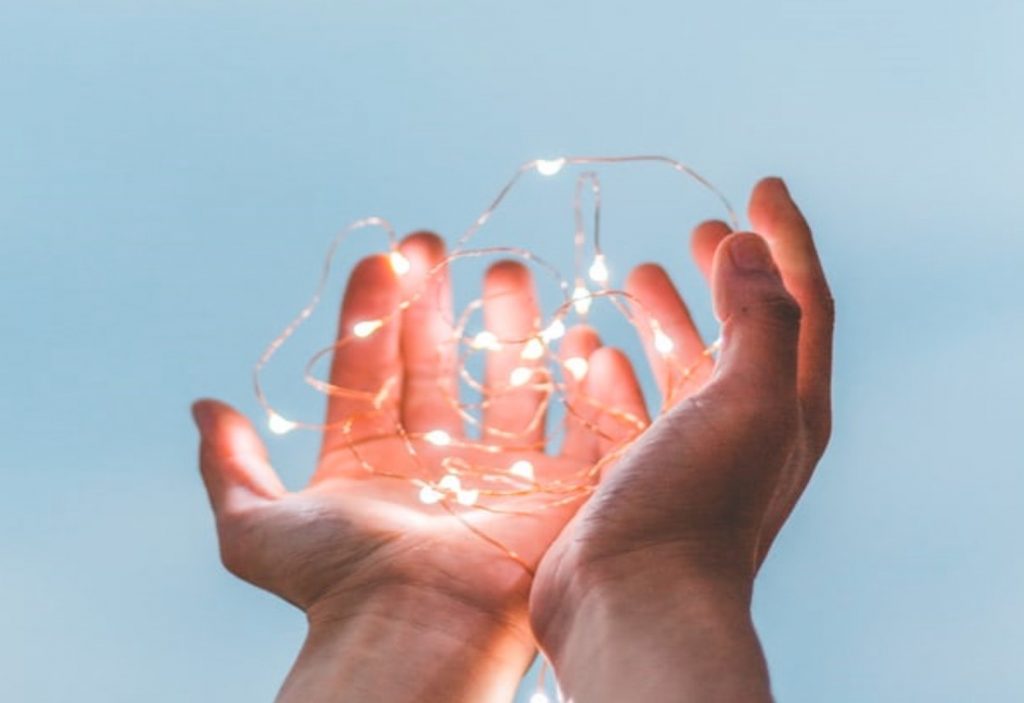
I’m hoping this guide will show you that whilst you cannot control the COVID-19 situation, how long this lasts, what the government decides and how other people around us respond, you are not powerless and there are things you can do to feel calm and more in control.
I have broken this guide into four modules and there are tips and tools in each area, click below to start reading:
MODULE 1: BEHAVIOURS: What Helpful Things Can I do To Feel Better During This Time.
MODULE 3: EMOTIONS: How You Can Notice, Manage and Tolerate Difficult Emotions.
MODULE 4: PHYSICAL SENSATIONS: What Can Help You Manage the Physical Effects of Your Anxiety?
Look out for the green *SELF HELP* sections.
I really hope this helps and please do ask questions or send me some feedback if you found this anxiety pack useful. I’d really like to hear from you.
Claire Littlejohn,
BABCP Accredited Cognitive Behavioural Therapist,
Guiding Minds Therapy.
Recent Posts
- Covid-19 Anxiety: A CBT Support Package
- The Problem With BMI and Why a Single Definition of Healthy Weight is Unhelpful. An Important Message for Weight Conscious Teens.
- Application Of Padesky’s ‘Assertive Defense Of The Self’ Method Used In Social Anxiety To Young Children And Teenagers Being Bullied
- The Positivity Jar: A Great Way to Boost a Child’s Self Esteem and Increase Positive Behaviours.
- How to Approach the Topic of Death with Your Young Child.
